The wild mustangs of Nevada embody the spirit of the American frontier, galloping across vast deserts and rugged terrains, a living testament to resilience, freedom, and history. These majestic creatures serve as a dynamic symbol of the nation’s past, embedded deeply in both landscape and legend. In this article, we delve into the history, ecology, and current challenges faced by these iconic horses.
The Origins of Nevada’s Wild Mustangs
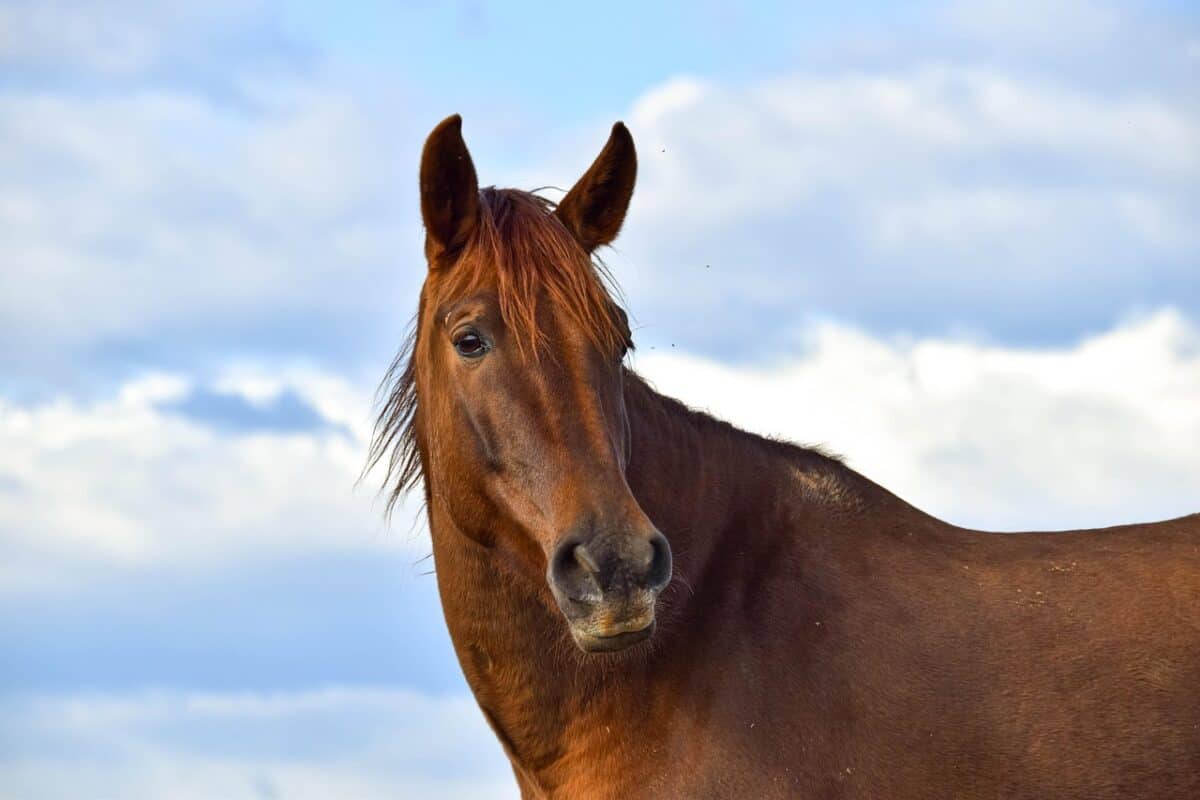
The ancestry of Nevada’s wild mustangs stretches back to Spanish conquistadors, who brought horses to North America in the 16th century. Over time, some horses escaped or were released, forming wild herds. The mustangs we see today are descendants of these hardy survivors, having adapted over centuries to thrive in the challenging environments of the American West.
The Importance of Mustangs in American Culture

Mustangs are more than just wild horses; they are emblematic of American freedom and the rugged, untamed beauty of the frontier. Throughout history, they have featured in stories, movies, and art, symbolizing independence and the pioneering spirit. Their image is woven into the very cultural fabric of the West.
Current Population and Distribution

Today, thousands of mustangs roam the public and private rangelands in Nevada, a state home to nearly half of the wild horse population in the United States. Managed by the Bureau of Land Management (BLM), these horses are spread across millions of acres, though their numbers and distribution have fluctuated greatly due to various management strategies and environmental pressures.
Ecological Impact and Role

Mustangs have a significant ecological impact on their habitats, as their grazing patterns affect plant communities and nutrient cycling. They share their ranges with other wildlife, such as deer and elk, and sometimes compete for resources. Understanding their role in the ecosystem helps in crafting better management and conservation strategies.
Physical Characteristics and Adaptations

Wild mustangs are diverse in appearance, typically ranging from 13 to 15 hands high. They exhibit a variety of colors, including bay, black, chestnut, and more. Adaptations such as tough hooves and efficient digestion systems allow them to thrive in arid environments where food and water can be scarce.
Social Structure and Behavior
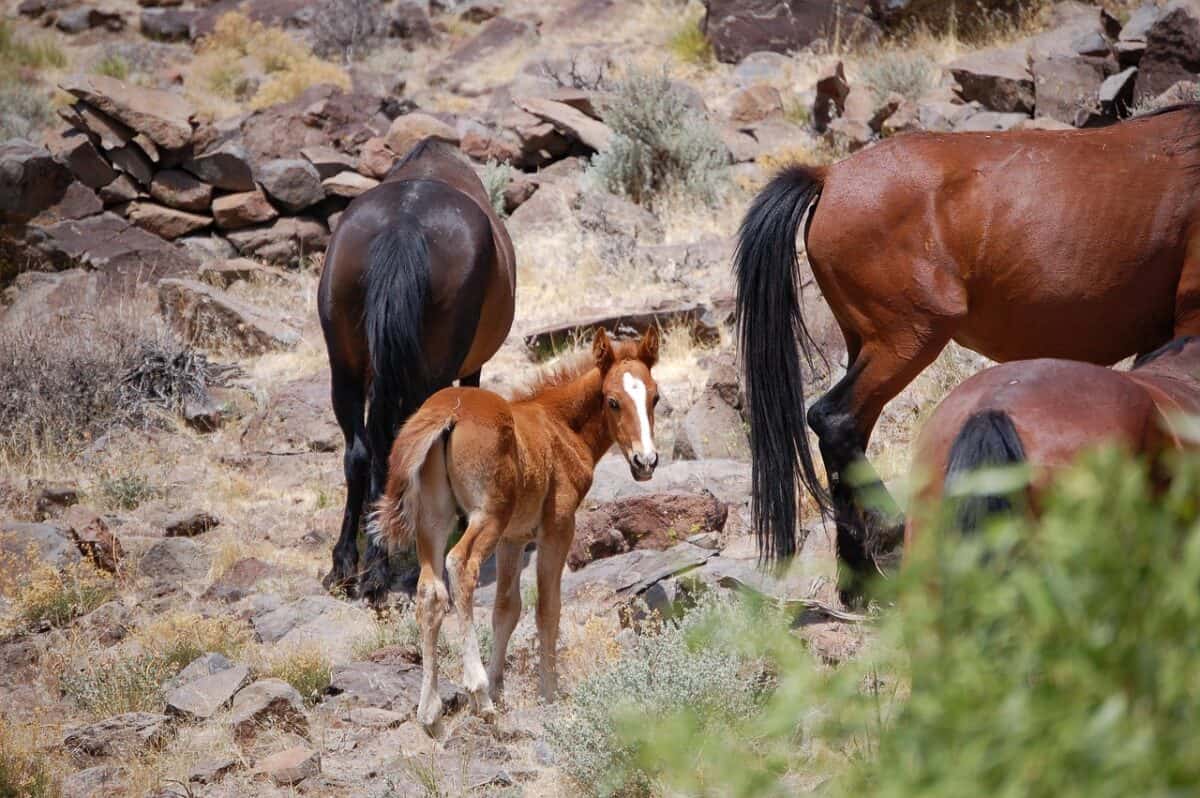
Mustangs live in groups called bands, usually led by a dominant stallion and comprised of multiple mares and their offspring. These social structures provide stability and protection against predators. Observing mustang behavior, such as complex communication and social dynamics, provides insights into their resilience.
Conservation Challenges
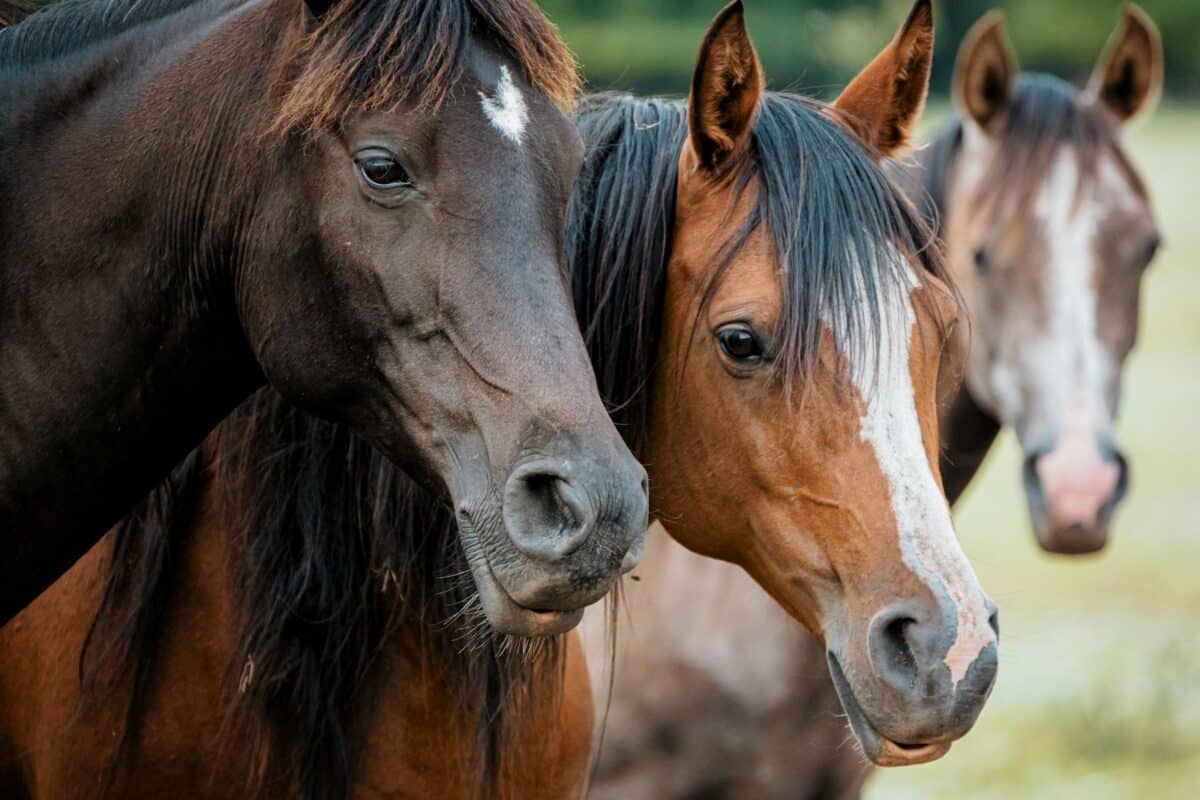
Despite their iconic status, mustangs face numerous challenges, including habitat loss, competition for resources, and population management issues. Controversies often arise over how to balance ecological health, human interests, and animal welfare, making it a complex conservation issue.
The Legal and Policy Framework
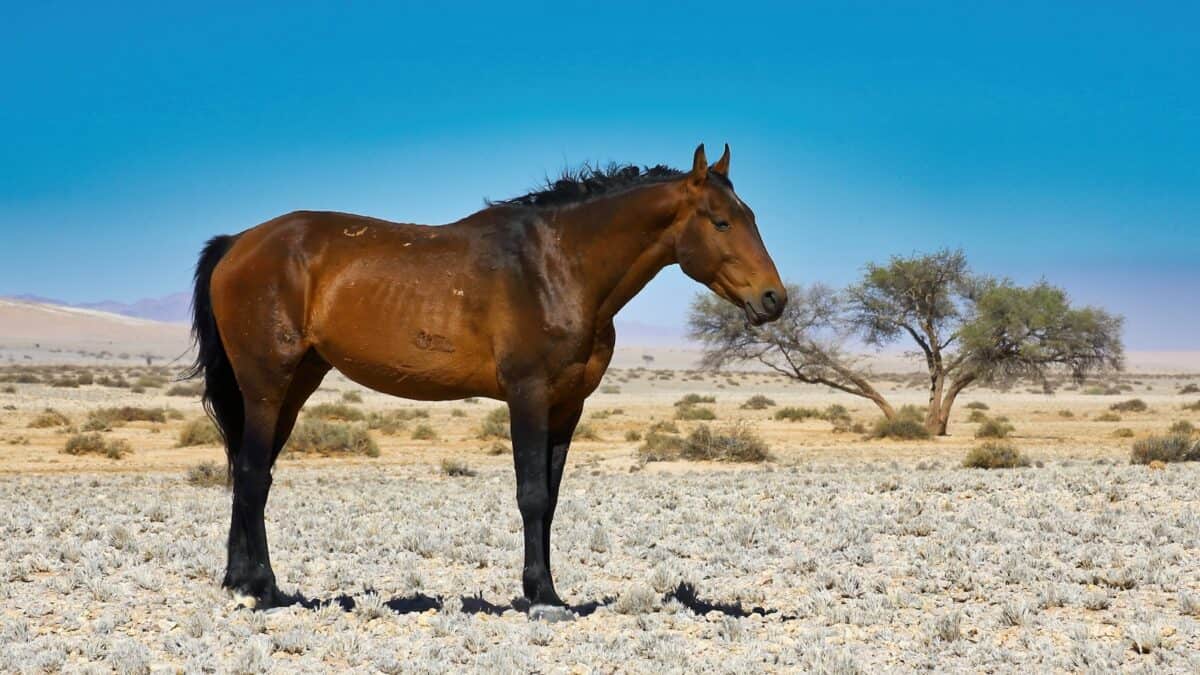
Management of wild horses falls under the Wild and Free-Roaming Horses and Burros Act of 1971, which mandates their protection. The BLM plays a key role, managing populations through methods like adoption programs and fertility control while navigating criticism from various stakeholders.
Adoption and Domestication

Every year, the BLM organizes adoption events to help manage mustang populations. These programs offer a chance for individuals to adopt a model of American history, providing domesticated homes for these wild creatures while controlling herd sizes.
The Role of Advocacy Groups

Numerous organizations advocate for the welfare and management of wild mustangs. These groups work to raise awareness, influence policy, and provide support for mustang conservation, aiming for sustainable solutions that respect both ecological balance and the essence of these wild horses.
Tourism and Economic Impact
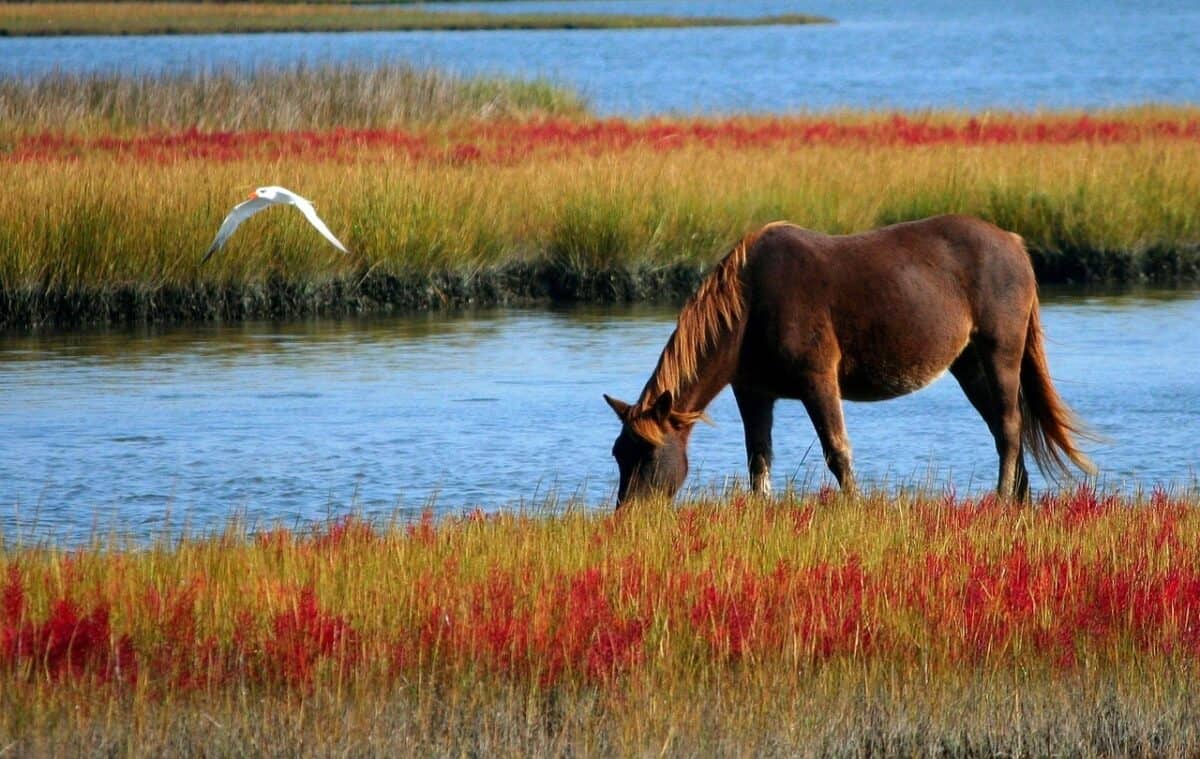
Mustangs attract tourists from around the nation and beyond, boosting local economies through ecotourism. Wildlife enthusiasts, photographers, and adventurous travelers flock to Nevada to witness these horses in their natural habitat, experiencing a slice of American heritage firsthand.
Looking Toward the Future

As challenges persist, the future of Nevada’s wild mustangs requires a balance of conservation, management, and public engagement. Continued research, adaptive management strategies, and education will be vital to ensuring that these symbols of freedom continue to thrive for generations to come.
The wild mustangs of Nevada are not just feral horses but living emblems of American history. By understanding their past and acknowledging the challenges they face, we can better appreciate their role in our cultural and natural landscape. Preserving these majestic animals is an endeavor that speaks not only to conservation but also to a deep respect for the enduring spirit of the wild.
- The Smartest Animal on the Planet Isn’t What You Think - August 23, 2025
- Why Some US National Parks Are More Dangerous Than You Think - August 23, 2025
- The Most Unique Fish Found in the Great Lakes of Illinois - August 22, 2025

